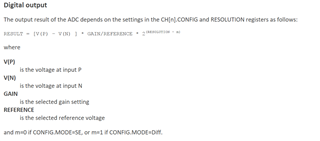Hello ,
I want to read around 6 analog pins, not necessarily simultaneously. I could afford some delay in between them. i am using nrf52832 dev kit with sdk 15. How do i modify the SAADC example to achieve the same because the example only reads 1 channel. i did found this thread https://devzone.nordicsemi.com/f/nordic-q-a/5561/adc-from-various-pins/19481#19481 which looks similar but i was unable to open the GitHub link provided in the thread. Can you please direct me to the relevant examples.
Thank you!



